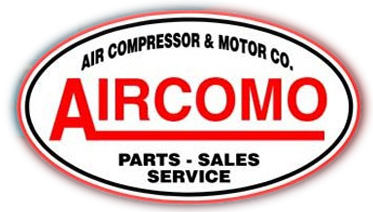There is much chatter on the internet and all of it is not so great. Recently, I saw a post on rotary screw oil or coolant by a self styled “Compressor Gru” that I thought needed clarification. Today, most fluids for rotary screw air compressors are semi synthetic or full synthetic, and even glycol based fluids are used. In the early days automatic transmission fluid was used also.
The primary responsibility of the fluid is to seal and carry away heat. The rotors do not touch each other as they ride on a film of lubricant. The fluid is mixed with the air and circulated, cooled, filtered, and returned to the air end over and over again. The air goes through a separator that allows only 2-3 parts per million of fluid carry over. The temperature of this oil is above 180F to prevent condensation and the formation of water. Many times compressor owners complain of all the oil carry over when it is a small amount of lubricant and a lot of water they are seeing. An actual fact is the air compressor separator cannot remove all the lubricant from the air. If true that oil free air is required then an oil free air compressor should be used. We are always happy to answer any question that is within our many years of experience. We know a thing or two as we have seen almost everything.
PISTON AIR COMPRESSORS
I saw a question that asked if a three cylinder single stage compressor was better than a two cylinder two-stage compressor. Better is not the concern. In the old days (and I am from those days), single stage, double acting compressors were offered to 150 Horse Power (HP). The temperature of the discharge air was over 400 F. These were water cooled machines. Air cooled compressors had the same problems. Smaller air cooled compressors were either one or two stage. First cost being the major factor, single stage becomes cheaper to make. A two-stage machine compresses air to about 40 PSI and then the air is cooled with an intercooler and into the second stage. This is a compression ratio of about 3.7. The second stage is smaller in diameter, and with the intercooler removing some of the heat and reducing the volume of the air, it allows the second stage to increase the final discharge pressure of the air to around 175 PSI with about the same compression ratio with a less HP. The removal of heat from the first stage, lower final discharge temperature, and higher pressure are the advantages of two stage compressors. The benefit to the owner is less HP at higher pressures. Virtually, all industrial air cooled compressors are two-stage.

